The education of the young is an essential component for the transmission of culture from one generation to the next. No community can survive if the young of that group pay no heed to the authority of the elders. The recent anarchy in the remote township of Wadeye is proof that the various levels of government, the police, the nation’s education authorities and journalists have lost interest in trying to save remote indigenous communities.
How else can we explain the fact that in a community of between three and four thousand, of the 700 school-age kids who live there, only 10 per cent were attending school? How else can we explain the fact that when the news emerged that 90 per cent of the kids in one of the largest remote Aboriginal townships in Australia were not being educated, journalists were more concerned with the comments of one prospective MP regarding transgender women?
When an Aboriginal male died as a result of injuries he received in the latest round of Wadeye riots and a teenager was charged with manslaughter, it received little attention in the news cycle. Had the victim died as a result of police action it would have been headlines for months. The awful truth is that when an Aboriginal person is killed it isn’t considered to be newsworthy if the killer is also Aboriginal.
Exactly half a century ago Bill Stanner, perhaps one of the most perceptive 20th century commentators on Aboriginal affairs, wrote about, ‘the problem of adolescent boys who, too widely and in too many cases, are on their way to becoming a lost generation of malcontent drop-outs, lay-abouts, delinquents, and worse’ (Aborigines and Australian Society, Stanner 1972). The survivors of that generation should by now have been the respected elders controlling the current crop of indigenous adolescents. So complete has been the collapse of Aboriginal social structures that townships such as Wadeye can hardly be called communities.
In fact they more closely resemble what the sociologist Erving Goffman called a ‘total institution’ which he defined, in 1961, as ‘a place of residence where a large number of like-situated individuals, cut off from wider society for an appreciable period of time, together lead an enclosed formally administered round of life’. Goffman was referring to places such as prisons, lunatic asylums, monasteries and retirement homes, but the remote indigenous townships exhibit many characteristics of total institutions. In particular the norms and patterns of behaviour of ordinary society are replaced by internal rules which, in most Aboriginal townships, result in a high incidence of criminal behaviour and violence.
Stanner wasn’t the first writer to discuss the situation faced by people in indigenous settlements, and a quick trawl through the literature shows that the problems which currently exist in Wadeye have been around for more than a century. So I suppose that the hundreds of journalists who have followed Scomo and Albo around on the campaign trail, repeatedly trying to get them to offer up their respective transgender policies, can be forgiven for ignoring the problems in Wadeye. Sadly, it is merely a continuation of a situation that has been around for a long time and therefore isn’t anything new. Dozens of houses were deliberately destroyed by rioters, one man was killed and several others seriously injured, and despite dozens of women and children having to hide in temporary camps in the bush because their homes couldn’t be protected, our vigilant media thought it more important to get our political leaders to tell us whether someone with a penis can be a woman.
There are currently no solutions for the problems faced by places such as Wadeye. In fact the prevailing ideological positions of both major political parties are preventing an honest public discussion about the social decay in the remote indigenous settlements throughout the deep North.
The army of preening ‘indigenous’ poseurs who routinely appear on ABC talkfests claiming to possess a deep Aboriginal spirituality have no solutions and are a major part of the problem. Without exception, they routinely blame everything on the arrival of the white people and the failure of government to introduce better policies. It is undeniable that the Aboriginal dispossession did inevitably lead to the total collapse of traditional society. But to claim, as the ABC ‘Aboriginals’, and their government paymasters do, that all the problems in Aboriginal society can be solved by a return to traditional values, is a delusion which has persisted for decades.
We are told that the riots in Wadeye are caused by hostility between gangs from the various language groups who live there. So much for the deep connection and Aboriginal spirituality which, supposedly, will manifest itself in a strong connection with nature. The Wadeye gangs have names such as ‘Megadeath Mob’, ‘Slayer Boys’ and for girls we have the ‘Celine Dion Gang’ and the ‘Kylie Girls’. This absorption of some of the more infantile aspects of Western culture is an indication of how far removed from genuine connection to traditional indigenous culture the community and indeed all remote Aboriginal communities have become.
In November last year the Parliamentary Research Office published an excellent paper on the value and effect of long-term welfare payments. The paper quoted one John Strachey who in 1906, wrote ‘…if you bind up a muscle too well and give it too much artificial support it will… become degenerate. So with a man. If the State does the work for him that he ought to do himself, his moral fibre is certain to be destroyed’ (Don Arthur, Welfare Dependency: the history of an idea). Arthur’s paper is a detailed, balanced discussion of the issues surrounding the concept of welfare dependency and stands in contrast to the shallow level of debate within the Australian political system and broadcast media.
The behaviour of the Megadeath Mob and the Slayer Boys and the rest of the sad gangs in destroying the houses in which they lived is scandalous. But equally scandalous is the failure of both government and Australian broadcast media to honestly address the issue of dysfunction in indigenous communities in remote area settlements.
The evidence of community collapse in Wadeye is confronting and the lessons to be addressed may be difficult for all concerned. But unless we are prepared to look closely and honestly at the issues in remote Aboriginal communities, houses will continue to be destroyed and lives will be wasted.
Got something to add? Join the discussion and comment below.
Get 10 issues for just $10
Subscribe to The Spectator Australia today for the next 10 magazine issues, plus full online access, for just $10.
You might disagree with half of it, but you’ll enjoy reading all of it. Try your first month for free, then just $2 a week for the remainder of your first year.

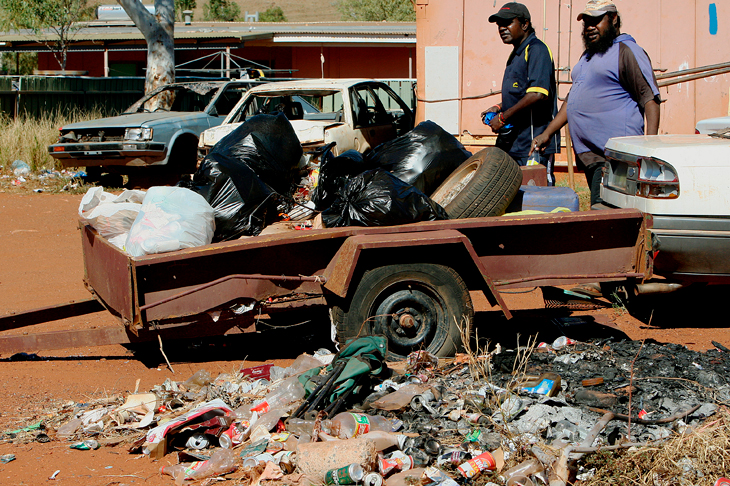

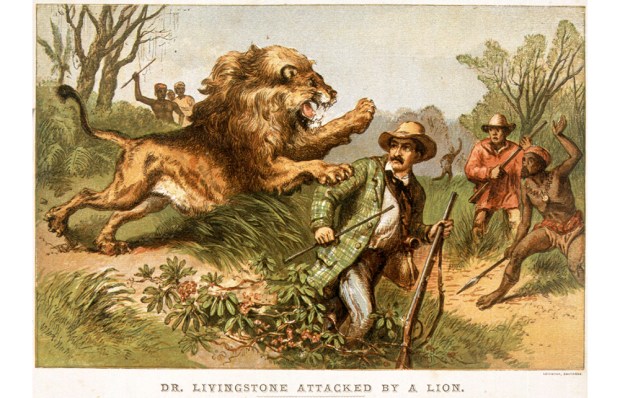
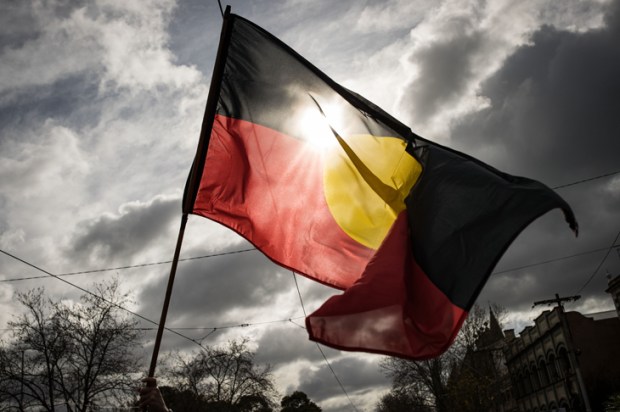
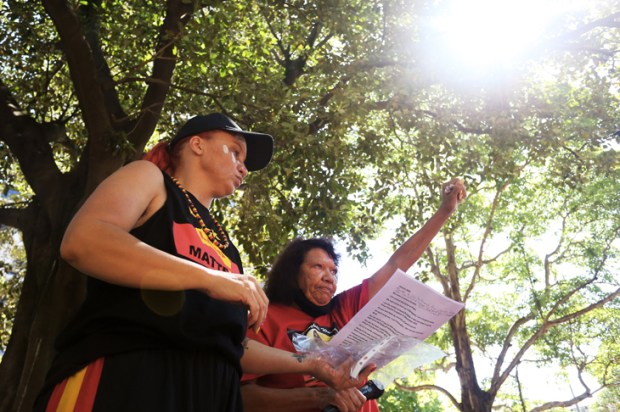
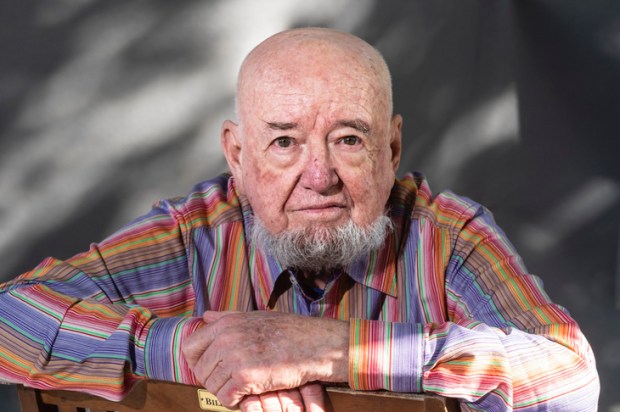
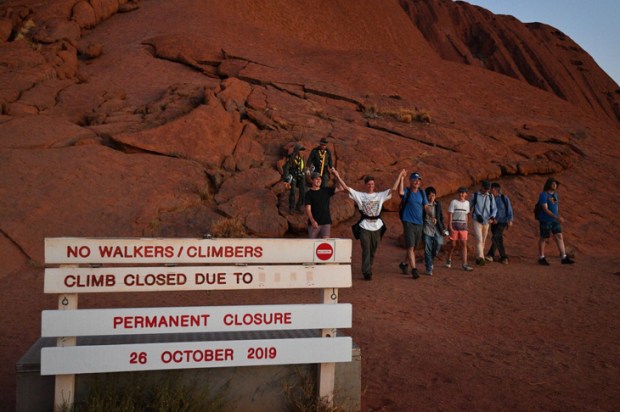






Comments
Don't miss out
Join the conversation with other Spectator Australia readers. Subscribe to leave a comment.
SUBSCRIBEAlready a subscriber? Log in